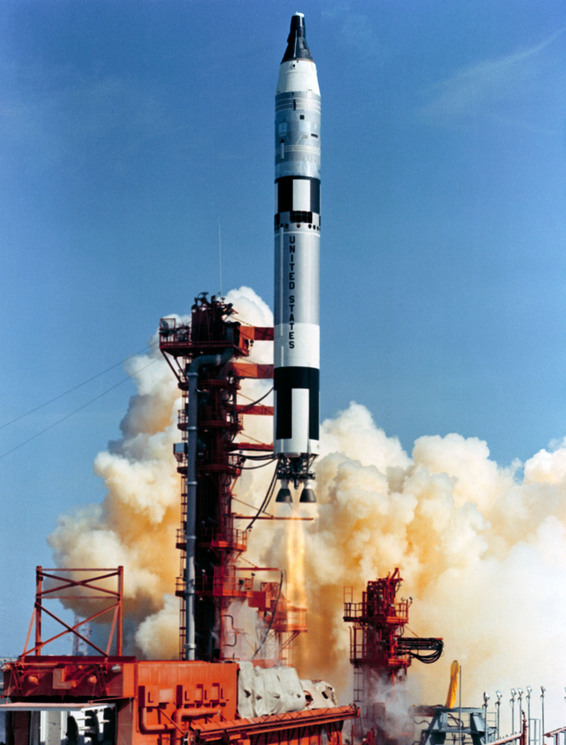Accident Details
Domain: Space
Year: 1965
Data Categories: Dynamic
Properties Lost: Accuracy, Traceability, Fidelity / Representation
Summary:
Possibly the earliest known data error: erroneous “schoolboy knowledge” that Earth rotates 360 degrees per day sends spacecraft off courseDetails:
The Gemini V crewed spaceflight took place in 1965. It lasted eight days — twice as long as Gemini IV, thereby demonstrating that a spaceflight long enough to get to the moon and back was feasible. There had been various system failures during the mission. However during re-entry, systems behaved correctly, and the crew were able to control the descent as planned. However the spacecraft landed eighty miles short of its intended landing zone.
Post-mission analysis revealed that the computing equipment had not failed. The error had been introduced by a simple data error — an assumption that the Earth turns 360◦ in 24 hours. The 24 hour day was based upon the position of the Sun at midday, and a simplistic understanding of Earth’s rotation suggests that the ball must have rotated 360 degrees for the Sun to appear in the same vertical plane. However the Earth follows an orbit around the Sun, making one full orbit per year. Thus on average, every 24 hours, the Earth moves 360/365.24 = 0.99◦ along its orbit, and must over-rotate by a similar amount for the Sun to appear in the same place. In other words, whilst everbody “knows” that the Earth rotates 360◦ per day, that figure is incorrect.
As the computer had been given a parameter of 360 degrees, instead of the accurate value, the calculations to reach the landing site were inaccurate. Data properties involved: The approximation was a loss of the Accuracy property. Its introduction resulted from a lack of consideration of celestial movement, and so could potentially also be regarded as a loss of both the Traceability and Fidelity/Representation properties.
Links:
-
A general outline of the Gemini V mission:
https://en.wikipedia.org/wiki/Gemini_5
(accessed 26 January 2022) -
An explanation of how Earth’s orbit results in more than 360 degrees rotation in 24 hours:
https://en.wikipedia.org/wiki/Sidereal_time
(accessed 26 January 2022) -
The Gemini V mission report:
https://www.ibiblio.org/apollo/Documents/Gemini5MissionReport.pdf
(accessed 26 January 2022)
